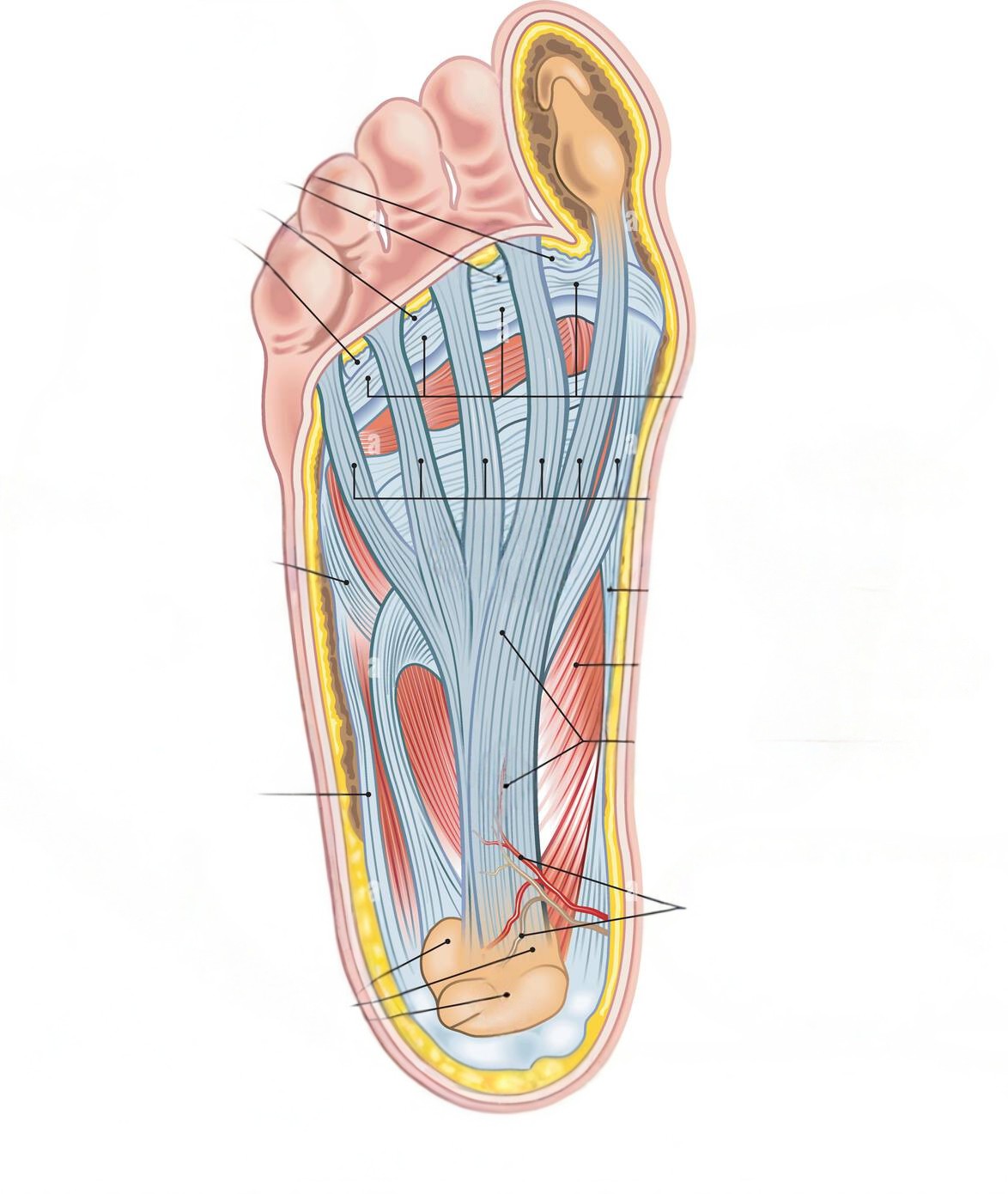
As a practicing podiatrist and someone deeply committed to advancing collaborative care, I’ve noticed firsthand the pivotal role primary care physicians play in shaping the health trajectory of their patients. This is especially true when it comes to foot and ankle problems. Far too often, the complexities of podiatric medicine are underestimated, or even misunderstood, leading to referrals made too late or not at all. My experience at WeTreatFeet Podiatry across Maryland, Washington DC, and Pennsylvania has taught me one core thing, proactive cooperation between podiatric specialists and primary care providers delivers measurable benefits for patient outcomes, clinic reputation, and health system efficiency.
Why Early Referral Matters for Foot and Ankle Pathologies
One of the most critical messages I want to impress upon my primary care colleagues is that foot and ankle issues often present with subtle symptoms, yet can rapidly escalate into conditions that threaten mobility, independence, and in some cases, overall health. Whether it’s a diabetic foot ulcer, chronic heel pain, suspected fractures, or mysterious neuropathy, the window for intervention narrows quickly. Referring promptly to a WeTreatFeet podiatrist, rather than waiting for conservative treatments to fail, minimizes complications, and reduces long-term costs for patients.
At WeTreatFeet Podiatry, our multidisciplinary approach is centered around early evaluation, evidence-based treatment plans, comprehensive follow up, and ongoing communication with referring doctors. I’ve seen diabetic foot wounds heal faster when referred before infection sets in. I’ve prevented unnecessary amputations simply because someone thought to consult a podiatrist before the situation deteriorated. Timely WeTreatFeet podiatry referrals save limbs and lives.
The Role of Podiatric Medicine in Chronic Disease Management
Primary care providers are rightly focused on diabetes, cardiovascular disease, hypertension, endocrine conditions, and obesity. However, many are surprised to discover how intricately these conditions are tied to foot health. Peripheral artery disease and neuropathy are common comorbidities that often first show up as foot and ankle symptoms. The simple act of sending patients to a podiatrist early in their disease course (for an initial diabetic foot exam) means subtle vascular changes or deteriorating nerve function can be detected and treated before irreversible damage occurs.
Regular foot exams become life-saving screening tools for wounds ulceration risk, bone density changes, and skin malignancy. Our team at WeTreatFeet is often able to coordinate with endocrinologists, vascular surgeons, infectious disease specialists, and hospitalists to create comprehensive care plans for high-risk patients. When primary care doctors recognize podiatry as a vital extension of chronic disease management, they offer their patients an added layer of defense. This is a collaborative safety net that protects their quality of life.
What Makes a Quality Podiatric Referral?
From a practical standpoint, the quality of the initial referral dramatically influences downstream outcomes. If I had one wish for our collaborative process, it would be for primary care physicians to send detailed clinical documentation. Items like recent lab results, imaging reports, relevant comorbidities, medication lists, and a brief summary of symptom progression. Even one page makes a difference. It allows our team to hit the ground running, developing a targeted diagnostic and treatment strategy that’s personally tailored to each patient.
Patient also do not understand some of their prior treatments. Any information about failed treatments and any other clinical concerns offers critical context. Communication is the antidote to fragmentation; by providing complete clinical context, we can offer precisely what is needed rather than duplicating work, ordering unnecessary tests, or stalling care.
Busting the “Referral Myths” in Podiatry
I occasionally encounter misconceptions about podiatric scope, training, or clinical expertise among referring physicians. It’s understandable, and I get it. Most medical school curricula often spend precious little time on the lower extremity. Throughout training, primary care providers interact with other graduates in multiple specialties that had a similar medical school experience. However, podiatrists in contemporary practice are rigorously trained in foot and ankle surgery, biomechanics, wound care, sports medicine, and diabetic limb salvage. At WeTreatFeet, our doctors continually participate in continuing medical education, clinical research, and cross-disciplinary conferences that keep us on the cutting edge of both diagnostic acumen and procedural therapy.
If there’s one myth I wish to dispel. Often there is the misconception that podiatrists are “only for toenail or callus problems.” On the contrary, our specialty covers everything from complex foot reconstruction to gait analysis and advanced wound management. Referring even “routine” foot complaints can reveal underlying systemic disease, and our team routinely helps diagnose hidden autoimmune disorders, peripheral vascular disease, and rare nerve entrapment syndromes. Yes, these are all diagnosed with a foot exam.
The Added Value for Your Patients and Your Practice
The referral dynamic isn’t simply transactional. When primary care providers align with proactive podiatric management, they note improvement in patient satisfaction scores, fewer acute hospitalizations, and decreased long-term complications tied to chronic foot pathology. Patients the expertise offered by the podiatric team, leading to a sense that their doctor is actively advocating for their overall well-being.
From a business perspective, forging relationships with a trusted podiatry group like WeTreatFeet Podiatry enhances practice reputation, streamlines complex care coordination, helps with MIPS, and enables compliance with risk adjustment metrics for value-based care. Over the years, I’ve witnessed how a strong collaborative referral network generates positive feedback loops for all involved. That improves patient care, and best of all, this part is FREE!
Building a Referral Relationship: Actionable Steps
For primary care providers interested in starting or strengthening a referral relationship, reaching out directly to discuss preferred communication channels is all that’s required. At WeTreatFeet, our scheduling team is trained to facilitate urgent appointments for high-risk cases and provide rapid clinical updates on referred patients. Whether you prefer secure messaging, phone consultations, or faxed reports, we make integration seamless.
I also encourage clinical staff to share our educational resources with patients. This includes covering foot hygiene, diabetes management tips, and biomechanical wellness. Our collaboration begins even before the referral is scheduled. The goal is always the same: comprehensive, patient-centered care that leverages each specialist’s strengths for better clinical outcomes.
Final Thoughts: The Case for Podiatry Referrals
The evidence speaks volumes: early podiatry intervention changes lives. Whether you’re managing an elderly patient with circulatory compromise, a young athlete with a sports injury, or a middle-aged diabetic facing their first foot wound, a timely referral can be the difference between thriving and surviving. At WeTreatFeet Podiatry, every member of our team is dedicated to partnering with you to deliver the highest standard of foot and ankle care across every stage of life.
For those primary care providers who value evidence-based medicine, seamless collaboration, and long-term patient wellness, podiatry deserves a prominent role in chronic disease management, acute injury care, and preventative health strategies. By referring early and often, you double the odds of positive patient outcomes, and safeguard the health of communities throughout Maryland, Washington DC, and Pennsylvania.




